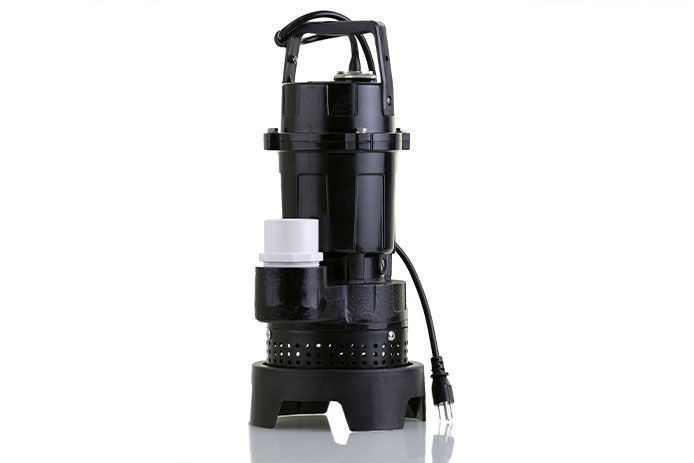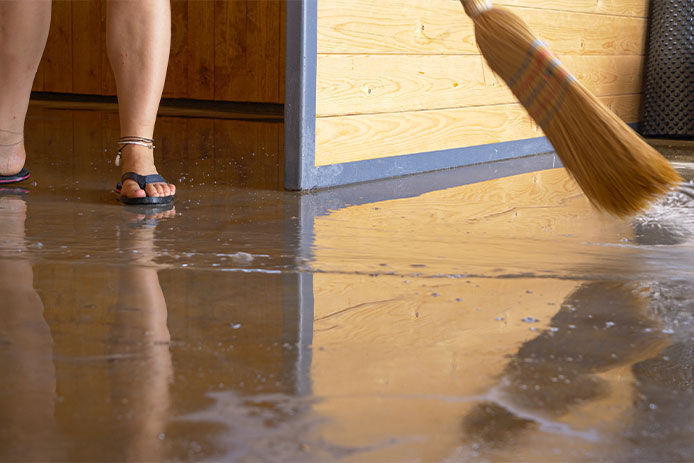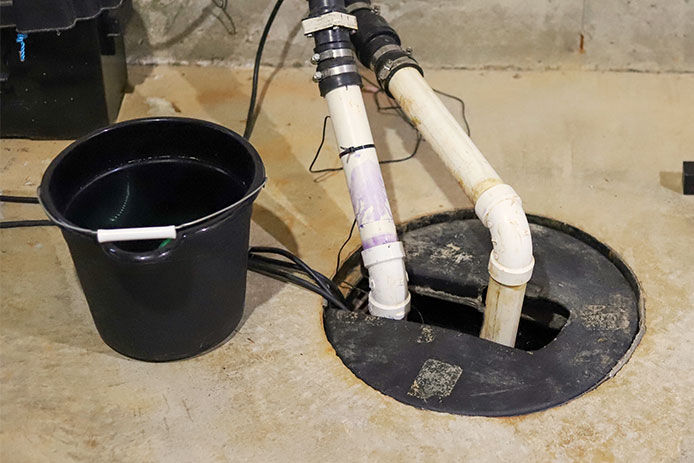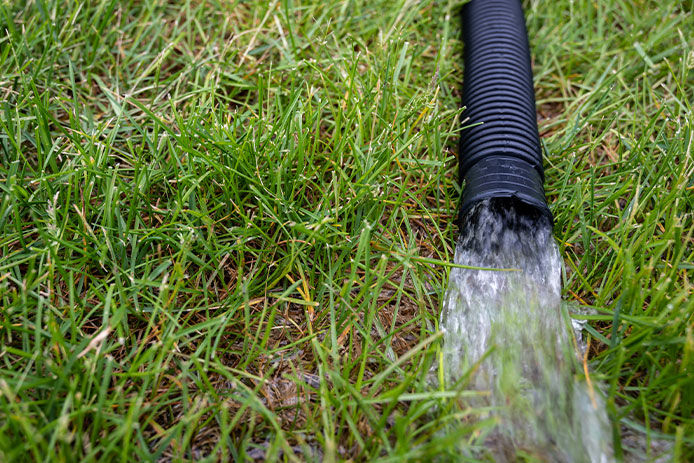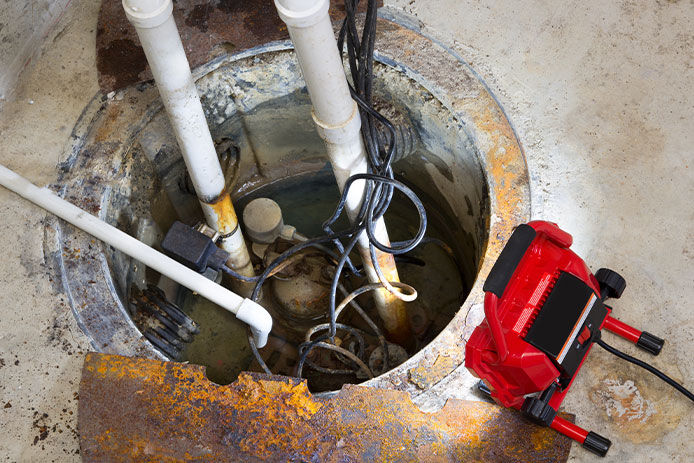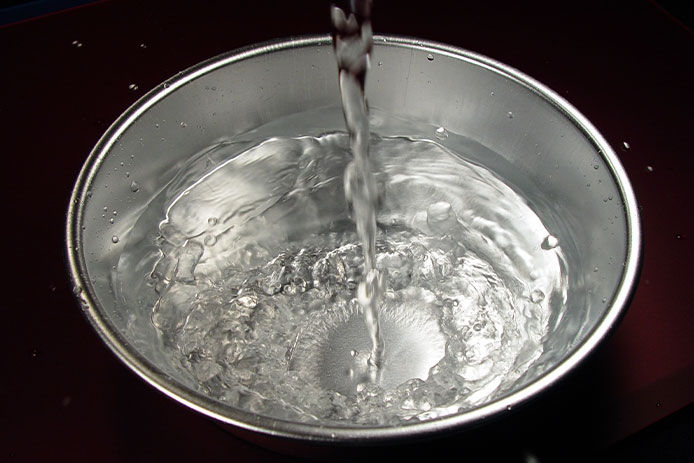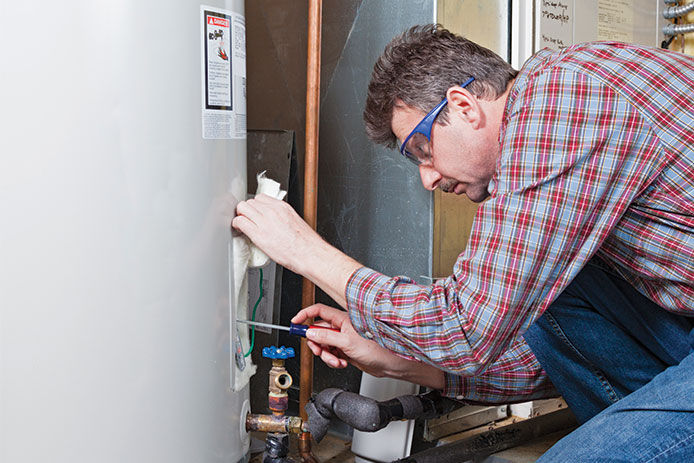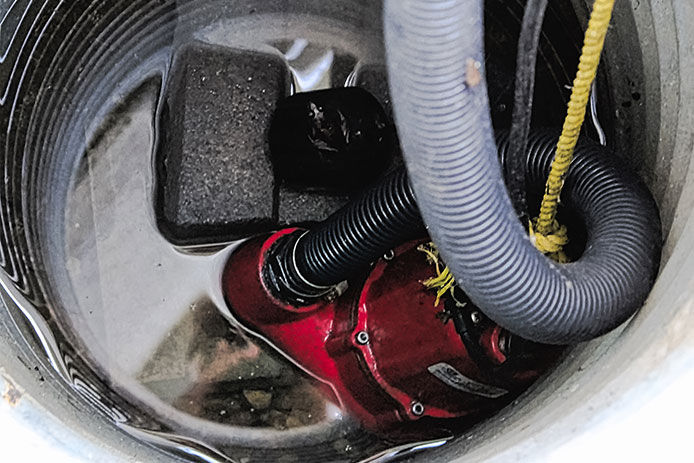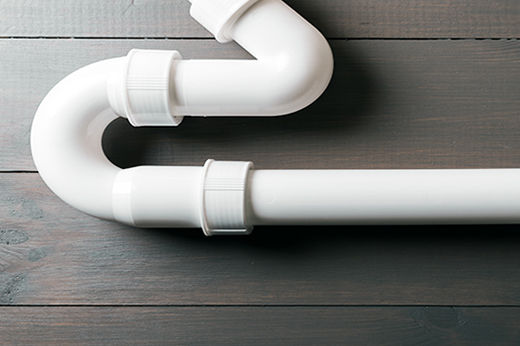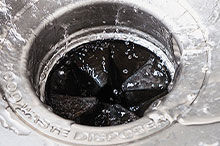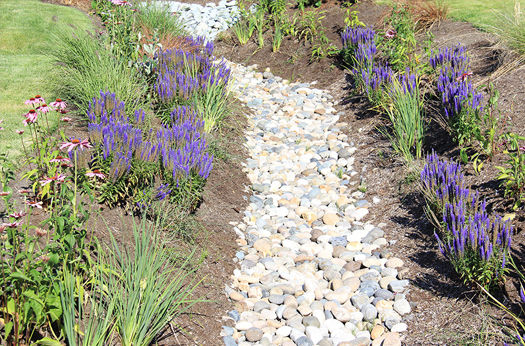What is a sump pump anyway, and how do you tell if your sump pump is working? Sump pumps are a crucial piece of plumbing equipment with a funny name. Sump means "pit," and the sump pump is a pump that resides in the lowest part of your basement.
These small machines do an outsized job. Sump pumps are essential for protecting your home against water damage during heavy rains and severe storms. When the ground around the foundation of your home fills up with water, it can seep through your basement's concrete. Sump pumps detect the ground water and start pumping the water away from your basement, crawlspace, and around your foundation. The water goes down a pipe to transport it away from your home.

